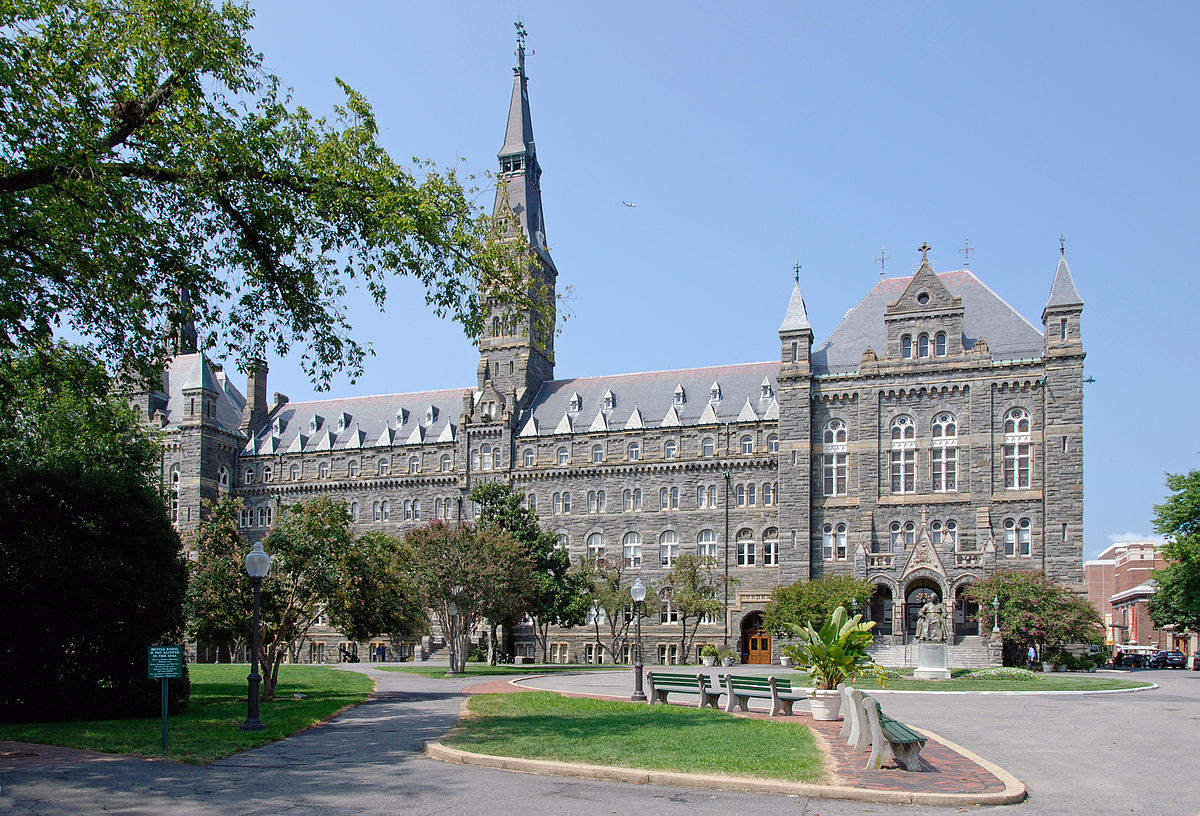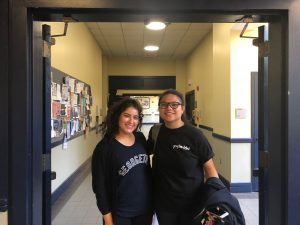Georgetown’s Community Scholars Program (CSP) celebrated its 50th anniversary last week. Run by the Center for Multicultural Equity and Access, CSP’s stated mission is “to contribute to the successful retention and graduation of undergraduate students who are often first-generation college students, and typically represent diverse racial and ethnic backgrounds.” Each year, the program brings together a group of first-generation students for a five-week academic summer program, which facilitates their transition to Georgetown and helps them form relationships with other students and faculty prior to the school year. CSP also supports students through academic programming, mentorships, seminars, and scholarships. Its graduation rate is 91 percent, while the graduation rate for all first-time full-time college students at private colleges is 59 percent, according to the National Center for Education Statistics.
CSP is a crucial component to ensure that first-generation and low-income students have access to high-quality resources while pursuing an education at Georgetown. Despite CSP’s success, Georgetown still often fails to admit and support first-generation and low-income students to the extent that it should.
We believe that Georgetown should take more steps to make its education accessible, beginning with the admissions process. Georgetown does not use the Common App, an online undergraduate application that is used by more than 800 colleges and universities. Students can apply to many different schools through the Common App in one central and easy-to-use location. While the university has explained in the past that its decision to use a singular application is an effort to filter out applicants who may not be genuinely interested in the school, Georgetown’s individual application provides a time-intensive barrier to students with limited access to college counseling resources. We believe that Georgetown should use the Common App and make their process as accessible as possible to all. Georgetown also “strongly recommends” that all candidates submit three SAT Subject Tests. Although College Board provides fee waivers for the exams in some cases, this three test recommendation is yet another barrier for students who do not have access to formal test preparation services.
Submitting an application to Georgetown costs a non-refundable $75 fee. Students who want to waive this fee are required to have a guidance counselor fill out an official application fee waiver form. Low-income students should have the easiest route possible to apply to the university. At the University of Chicago, for example, the application fee is automatically waived for all students that apply for need-based financial aid. We call on Georgetown to adopt this policy.
The university has shown an effort to diversify its accepted student profile. For example, in an attempt to reach more undocumented students, applicants are no longer required to provide their Social Security numbers. The class of 2022 had the highest number of minority applicants in the school’s history. But despite the school’s effort to expand its pool of accepted students, attending Georgetown is still an extremely costly endeavor, which may encourage accepted low-income students to attend a different school.
The cost of attending Georgetown has been exacerbated by its consistent increases in tuition, including a 3.5 percent tuition rate increase for the 2018-2019 school year. The cost of the school, as well as the compounding effect of the university accepting legacy students at twice the rate of non-legacy students, leads to tremendous wealth inequality on campus. 74 percent of students at Georgetown come from the top 20 percent of the income scale, and Georgetown has more students from the top 1 percent of the income scale than the bottom 60 percent. Georgetown’s ratio of students who come from the top 1 percent to those who come from the bottom 60 percent is the 12th worst of U.S. universities. This statistic is alarming and reveals the need for Georgetown to do much more to support students from low-income backgrounds and create a more socioeconomically diverse student body.
As Georgetown exists today, the student body is not reflective of the majority of the country. By having such a disproportionate number of students from the top 1 percent, students’ sense of reality is warped. No matter where Georgetown students work after graduation, attending college with such a wealthy student body affects how we will view the world. Lifestyles and financial situations that are considered normal at Georgetown are not the norm for the majority of the country.
The work that CSP does is an extremely important and beneficial part of Georgetown. As we celebrate the organization’s 50th anniversary, we recognize that discussions around making Georgetown a more socioeconomically diverse place are ongoing. However, we believe that Georgetown can still do much more to support students from all backgrounds. This editorial board calls on Georgetown to make these changes and a concerted effort to make Georgetown accessible to all.





